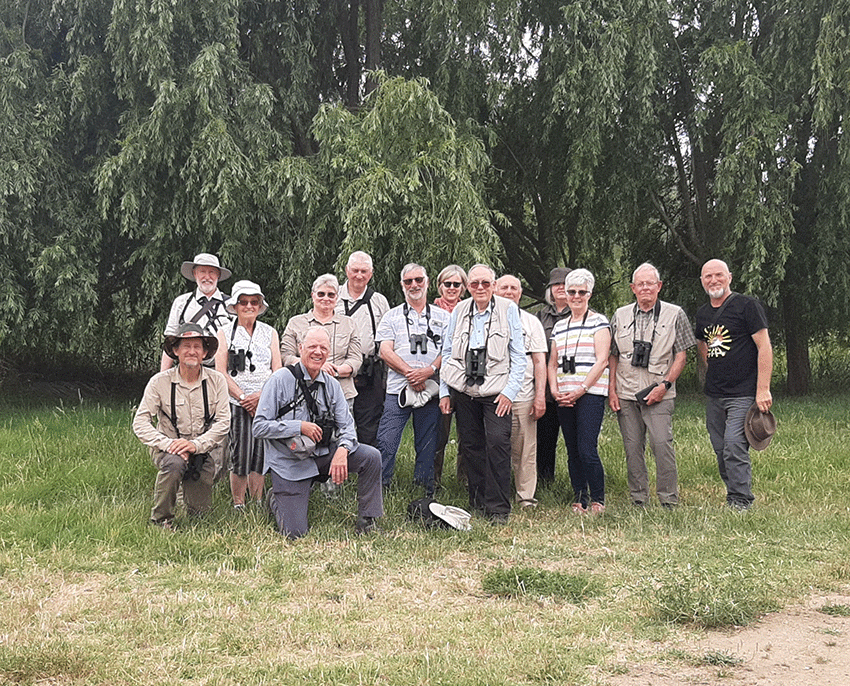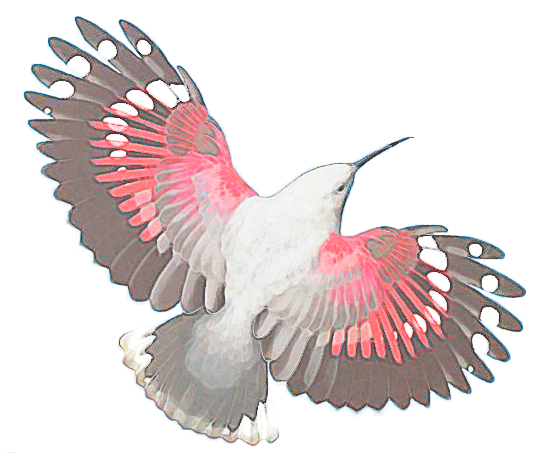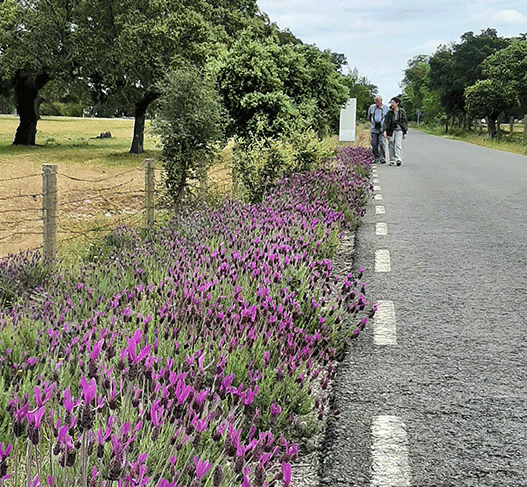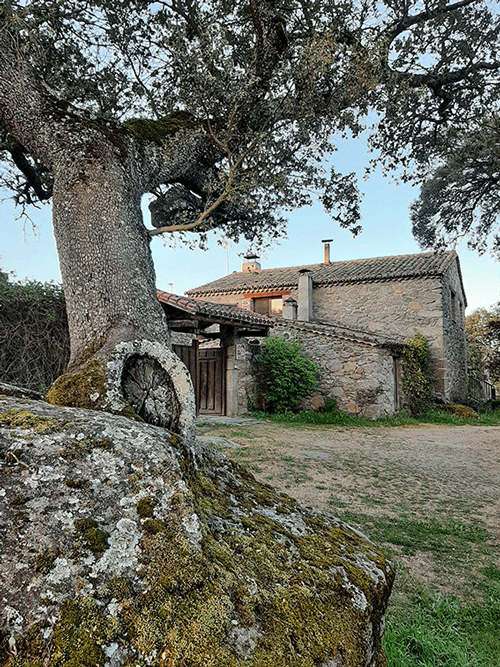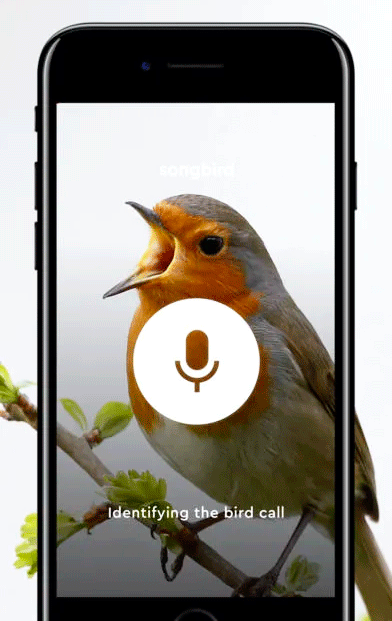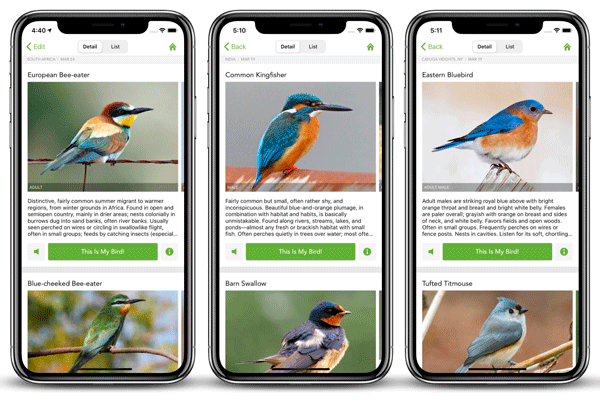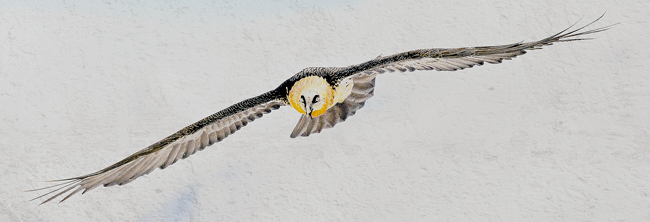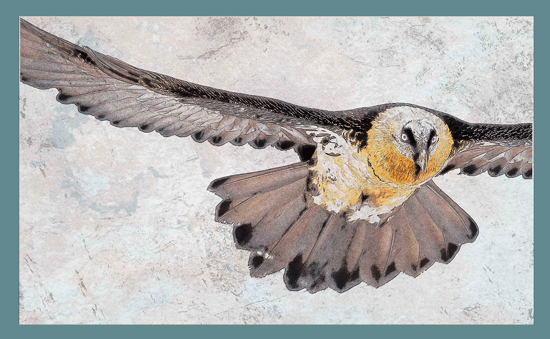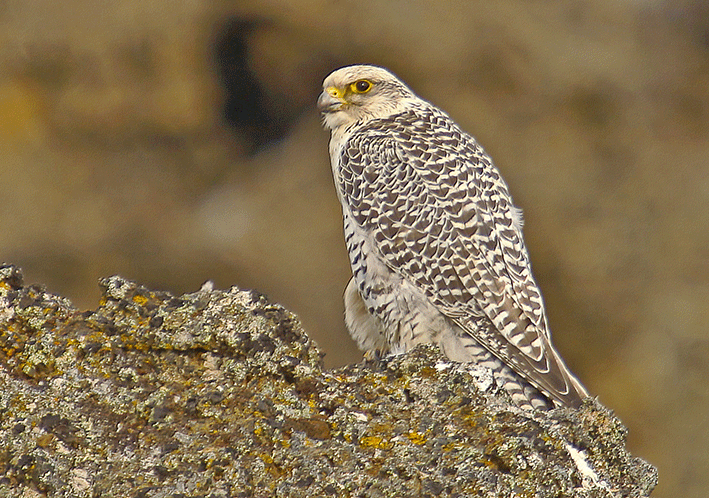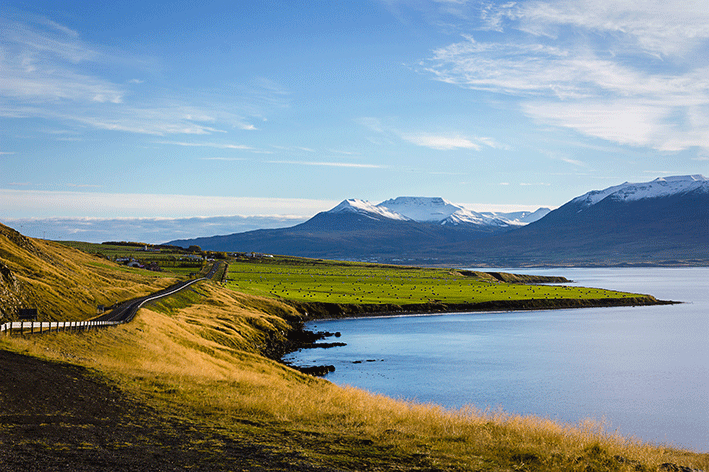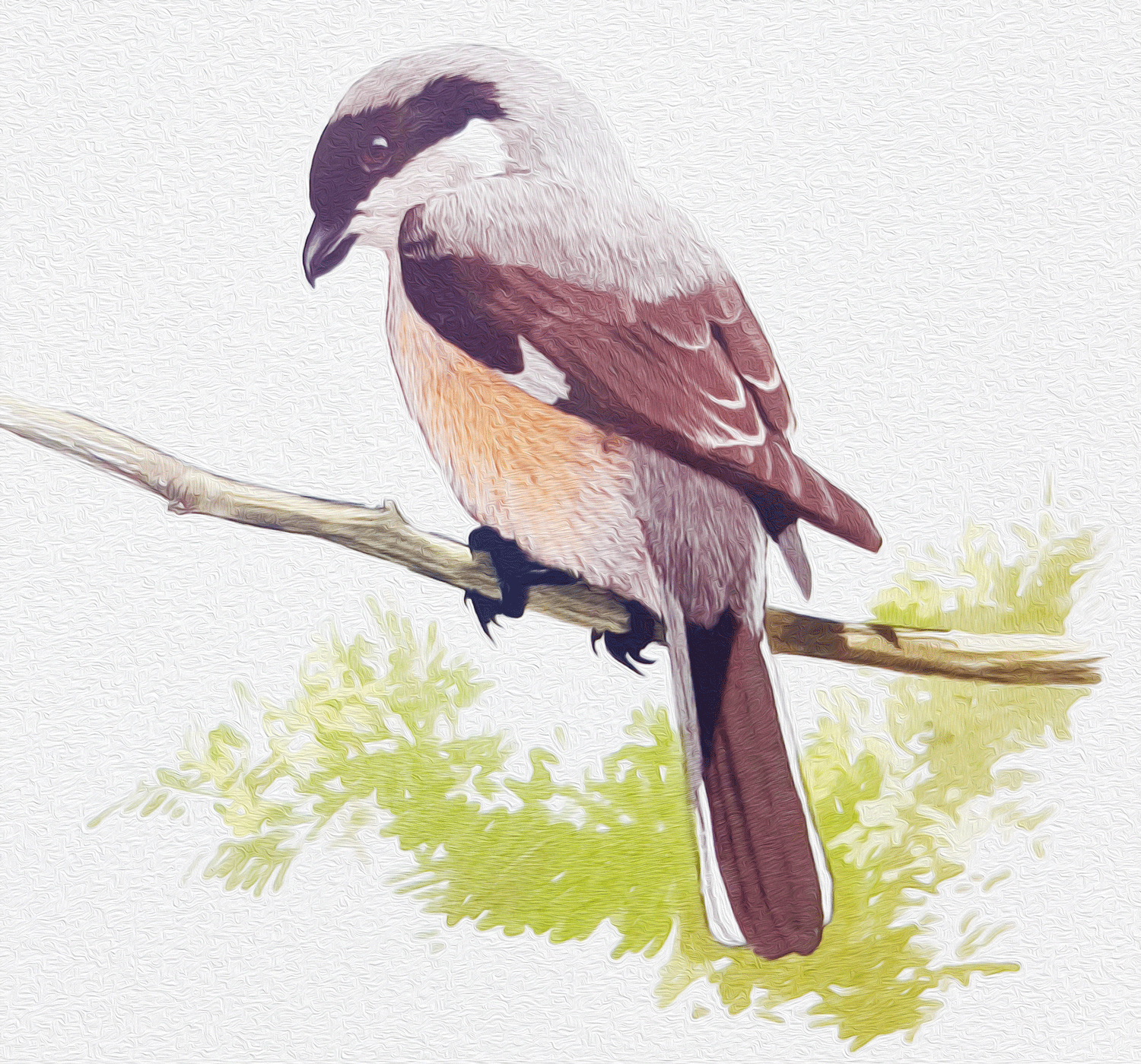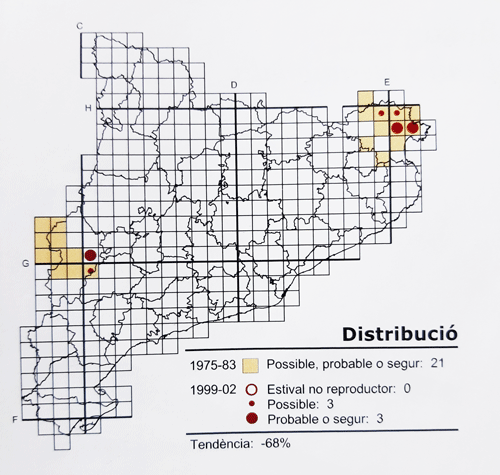Once upon a time there was a birder who…
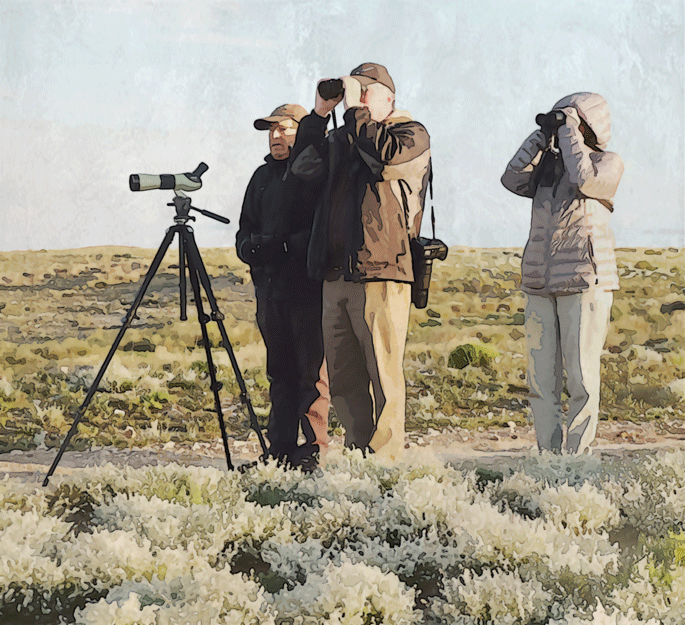
Birding in a group with a guide
Now, I’ll try to be nice about this all. After all, the vast majority of clients and visitors are a pleasure to be with and to guide, and those very few who break the protocol are not likely to pay much attention to my postulations. Nevertheless.
There are certain things which are better not to do when out in the field as part of a group with a guide.
1. Walk in front of the guide continuously when looking for birds. You may well have good eyesight and hearing and be capable of identifying the birds and pointing them out to other people. That’s something the guide does, it’s his or her professional occupation. Taking the reins in this way without a nod from the guide is like a student standing up in front of the class and saying “Hey, I know this lesson”, walking to the front, and commandeering the blackboard from the teacher.
The guide, however, usually knows more than that: he* will have a good idea if a certain bird seen flying away is worth pointing out (some people might not be fast enough to get on to it; the bird may be about to disappear in two seconds, there may be better chances with better views later on, etc); he may be planning to draw the group’s attention to something more interesting; your approach may scare some of the birds the group was hoping to encounter.
2. Slam the doors when exiting the vehicle. If the guide has had the skill and fortune to stop the vehicle at a distance from an interesting bird and considers that the best option for the group is to get out for everyone to get good views please don’t slam the doors! Bim! Bam! And the bird has flown.
3. Spend forever fiddling with your stuff every time the group exits the vehicle. The group can only move as fast as its slowest member. Not only that, the group is temporarily guideless while he is waiting for you to get your stuff together so he can lock the vehicle and turn his attention to helping everyone see the bird. If a quick exit may be called for and your stuff is in the backpack – take it out beforehand or just grab the backpack.
4. Ignore the guide’s indications when he’s pointing out a bird that you can’t see. A bird in a bush can be still or moving, but is usually pretty small. As a guide I’ve had some people who will strain their eyes trying to spot the bird in a well-indicated bush, wobbling their heads like a Burrowing Owl, without raising their binoculars, despite urging them to do so. So, please, when the guide says “raise your binoculars” understand that he’s giving you good advice, and do so.
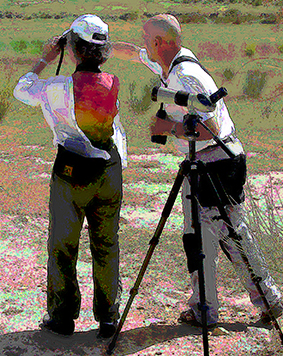
Look! Over there! the guide indicates, and the birder looks.
5. On a more humorous note, “12 o’clock” is the view in front of the van, and not in front of you when you are looking out the side window!
6. If the guide is looking, pointing or giving verbal indications then make the effort to listen and to look in the same direction as he is pointing (you’d be surprised!).
7. If there’s a queue behind you for a look at the bird in the guide’s scope please give some kind of indication if you can’t actually see the bird. People peering down the scope for a minute or more, and saying nothing because they see nothing can be quite frustrating! If you inform the guide that you cannot see the bird then he will be in a position to do something about it.
8. Put your eye to the scope, not your hand! You can’t see anything through the scope with your hand, and you may jog it out of place.
9. Make sure that you drink enough water. In Spain the most common field ailments suffered by visitors tend to derive from dehydration.
10. Please keep rustling of cagoules and the like to a minimum! This is especially important when the guide is trying to locate a bird through listening for its call or song.
11. While you’re free to dress as you like in the field, and nobody expects you to wear full camouflage gear on a normal birding tour, do you really need to wear a dazzling white shirt or blouse every day?
12. When at close range to a bird it is best to avoid rapid movements (ie raise your binoculars slowly) and, in particular, marked pointing. A bird can tell when it’s the centre of attention, and it usually won’t like it.
13. If your guide tells you that it’s perfectly safe to drink the tap water, and if you normally drink the tap water back home in Oregon or Hampshire or wherever you live, then believe him.
14. Do let it be known to the guide if you are in dire need of a convenience stop. In Spain a toilet break is often synonymous with a coffee break, so he won’t mind!
15. My own particular sin: I have been known to “shush” people when I hear or see something exciting, sometimes without the proper decorum. Please overlook this, don’t get offended, as it’s the bird that comes first on such occasions!
16. I once asked the only lady in a group of 4 clients if she could run back to the vehicle and grab the scope while I kept eyes on a bird we were all interested in seeing. It probably occurred to her to think “why me?”, and let me tell you this: she was the youngest and the fittest of the group, that’s why. There is no room on our tours for racial or sexual discrimination of any kind, and thankfully it is something I have rarely encountered on a bird tour.
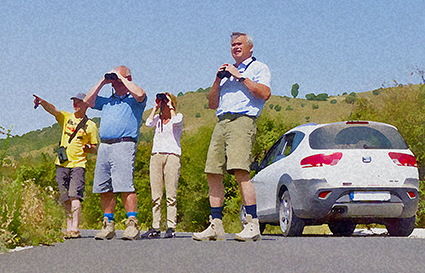
Birding in a group with a guide in the summer
* Can I just use “he” to make things simpler, on the understanding that there are both male and female guides, please?
That all being said, the vast majority of you have got things pretty much under control. Well done, and thanks!
